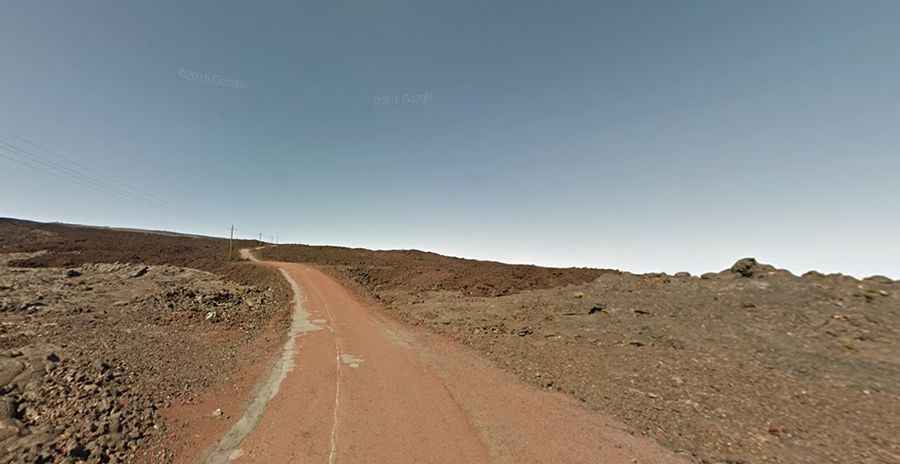Mauna Loa in Hawaii: A Road Through Lava
Mauna Loa is an active shield volcano located in the U.S. state of Hawai’i in the Pacific Ocean. On the north slope of the volcano, a road climbs up to Mauna Loa Observatory, topping out at 3,402m (11,161ft) above sea level. Do not take this drive if you have respiratory problems or any type of heart condition. It's one of the highest paved roads in the country.

Can you drive to Mauna Loa Observatory?
Running through a lunar landscape, the road to the summit is called Mauna Loa Scenic Drive (or Mauna Loa Observatory Road). It’s a 17-mile (one-way) roughly paved narrow road built through lava. The Hawaiian name "Mauna Loa" means "Long Mountain." The road was built in the 1950s. Near the summit sits a premier atmospheric research facility called Mauna Loa Observatory, measuring the elements in the atmosphere that contribute to climate change.
Is Mauna Loa road steep?
The drive is pretty steep. Starting at Saddle Road, at 2,001m above sea level, the ascent is 17.5 miles (28.1km long). Over this distance, the elevation gain is 1,401 meters. The average gradient is 4.98%.
Do you need 4WD for Mauna Loa?
This narrow but asphalted runway leads through solidified lava up to the observatory. A 2wd vehicle can drive to the summit. Having a closer look at the road's rough, patchy pavement, the thin white line down the middle of the pavement is a "fog line" to guide drivers when visibility is poor. Car and truck drivers need to straddle the fog line whenever possible because the pavement is usually little more than one lane wide, and there isn't much shoulder between the pavement and fields of jagged lava. So treating the fog line as a lane divider, using only half the pavement, can be rather unkind to your passenger-side tires. The beginning of the road has deteriorated a bit and contains potholes, so be a bit careful.
Is the Mauna Loa road dangerous?
A traffic road signal reminds you of ‘Hazardous driving conditions. Use extreme caution.’ It's a one-lane road with nothing but volcanic rock on both sides. The road is a single lane and has many blind hills and turns. The road starts at Saddle Road. Offering fantastic views, colorful lava, and a number of interesting stops along the way, this drive can be done in any car. Be very careful around turns as the road is only slightly bigger than a car, and you may not be the only person on the road. Fill your car with gas before leaving for the observatory. There is no gas available at the observatory.
Is the road to Mauna Loa worth it?
Tucked away in the Hawai‘i Volcanoes National Park, the journey offers superb views. It’s definitely worth it. Driving through this excellent national park will provide breathtaking views, many pullouts where one can stop and get out and walk around, and loads of signage to help you decide where to go next. Only if the weather is clear and bright should you consider a drive up Mauna Loa Road to its scenic lookout. On especially clear days, there are spectacular views of Mauna Kea, Kohala, Haleakala (Maui), Hualalai, and the Pohakuloa saddle. Under optimum conditions, some of the other islands from various points along this drive. The best weather for this road is as clear a day as possible. Often there will be Hilo-side clouds, but the middle of the saddle should be clear. The clearer it is, the more beautiful the scenery will be.
Is Mauna Loa road open?
The highest part of the road can be temporarily closed due to winter weather hazards. Do not attempt this drive in bad weather. If fog or clouds begin to set in, leave immediately! This road is very dangerous in poor visibility, and it is extremely easy to get lost or hurt on Mauna Loa. Be prepared for severe winter conditions, including blizzards, high winds, and whiteouts. Snow or driving rain is possible at any time of year. High-altitude storms can occur without warning. Temperatures are below freezing at night all year round. Mauna Loa's most recent eruption occurred in 1984. Volcanic eruptions are possible at any time. Stay upslope from active lava flows and remain on high ground. Stay upwind of volcanic gases.